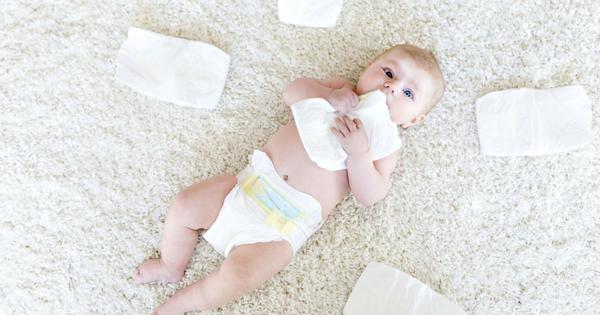Baby layers composting: how does it work?
3.5 billion layers are thrown every year in France.A dozen nurseries experience the composting of baby layers.Zoom on the operation "Fertile layers".
3.5 million per year, it is the number of baby layers thrown in the trash every year.Cremated, they then take over 400 years before deteriorating.If washable layers do not attract all parents, it becomes urgent to find a more ecological solution for the use of baby layers.Three years ago, the start-up Les Alchemistes, specialized in composting, launched the project "Les Paches Fertiles"."We arrived quite naturally on composting because in a layer, there is a lot of organic matter, pee, poop, cellulose are biodegradable and can allow a return to the ground of nutrients, which these same soils need", explains on France Inter Maïwen Mollet, manager of the project in which a dozen crèches in France participate, on an experimental basis.
How are babies recycled?
Used layers are collected in layers, in crèches that participate in experimentation.Three times a week, they are collected and then sent to the composting site located in Ile Saint-Denis, in Seine-Saint-Denis.They then go through a crushing machine which makes it possible to extract the faeces as well as the urine, plastics of the layer.Organic matter will be composted and mixed with other food waste such as coffee for example, then kept for ten days in an electromechanical composter.However, the compost of human waste from stool is not authorized in France for health reasons.Indeed, only food or plant waste is regulated, but the start-up, in connection with CNRS researchers, is trying to convince the absence of this health risk.In the future, baby layers will notably be made in 100% recyclable materials.
The Pampers recycling plant

Based in Treviso, near Venice in Italy, the Pampers factory recycles baby layers on an industrial scale.It allows in particular to recycle 10,000 tonnes of products per year.Thanks to its unique technology, the brand is able to clean, disinfect and separate the different materials constituting a layer, then transform them into reusable raw materials such as plastic, cellulose and absorbent materials.Concretely, cellulose can be used to become packaging boxes, super-absorbents are used in the ground for plants or become humidity absorbers, while plastics are used to make everyday objects or urban equipment."This innovation was awarded the high distinction" champion of the circular economy "awarded by the European Commission", specifies the Pampers brand.
Compostage des couches pour bébés : comment ça marche ?3.5 million per year, it is the number of baby layers in the trash each year.Cremated, they then take over 400 years before deteriorating.If the washable layers do not attract all parents, it becomes urgent to...
I manage my push subscriptions








